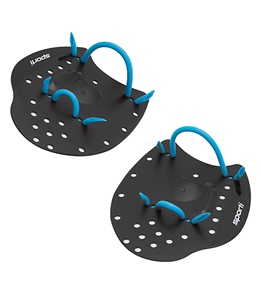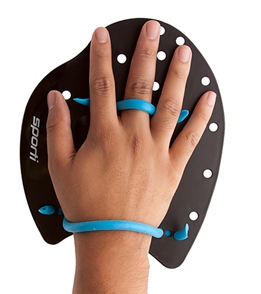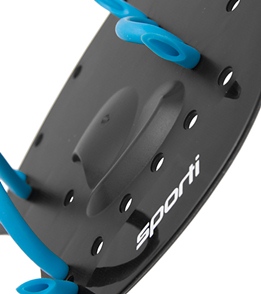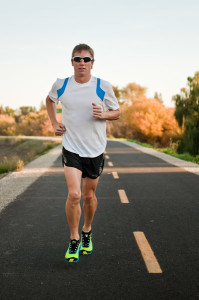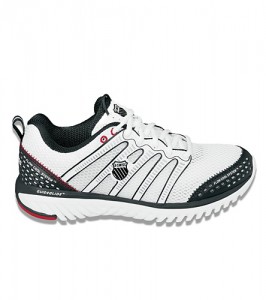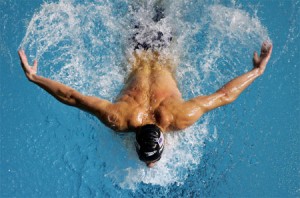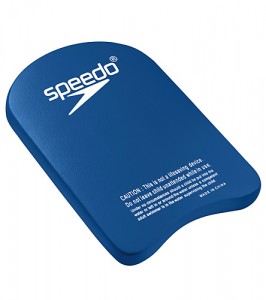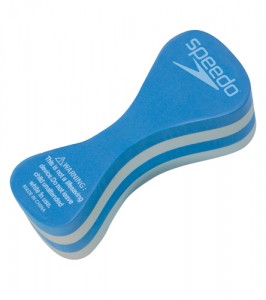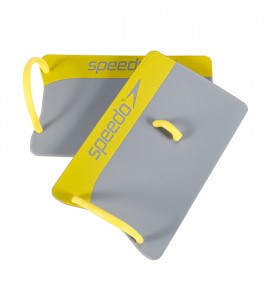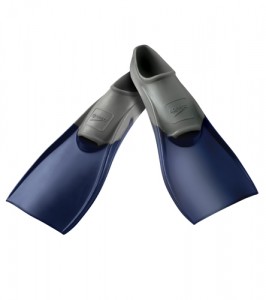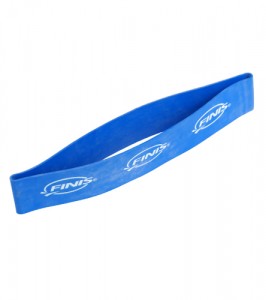“It is not about volume, it is about time commitment. There are very, very few things you do in life—and we tell our athletes this all the time—there are very few things you do in life that if you put less time into it, you are going to be as successful at. And you start to think about it. It deals with relationships. It deals with your work. It deals with your hobbies. If you put in less time, your chances of being as good at it are diminished. So, you want to learn the skill, and you want to work at the skill, and you put more time in.”
-Gregg Troy, Garbage Yardage and Other Things That Work
It seems that the trend in training for endurance sports seems to swing from one extreme to the other every few years. First, it’s all about volume and how many yards you can rack up in the pool, how many hours you can ride, how many miles you can run. Most athletes that I coach know that I love stories about crazy workouts and insane volume, it’s something I’ve been fascinated with for a long time. An old book that I used to have on swimming defined distance training sets as being “up to 20,000 meters, or when you lose your mind.” Some people took that pretty literally. Vladimir Salnikov, the first swimmer to break 15:00 for the mile, swam a set when he was 14 years old that consisted of 20,000m as 400 IM/400 free, non-stop. That’s 50×400, a pretty darn long workout by any standards. The swimming world is full of stories of workouts like that one. Eric Vendt’s 30×1000 on 10:30, Larson Jenson’s 20×1500, those workouts are the stuff of legends. Most of the triathletes of the early years, like Dave Scott and Mark Allen, grew up in the swimming world of late 1970’s California, where “20K a day” was the standard. They took that workout ethic into the triathlon and it’s defined the sport ever since, and for good reason. If you want to race well over the Ironman and 70.3 distances, you’ve got to do a lot of work.
But every so often someone comes up with a new program that promises to make you faster with less work. These kinds of programs are especially appealing these days in our culture of getting everything you want with the click of a button. I recently saw a young woman being interviewed on TV about the millennial generation and what they want, and her reply was “I want exactly what I want, exactly when I want it.” That’s not an attitude that translates well into success in triathlon, or life in general for that matter.
This brings me to an explanation of my title for this post. It comes from an old saying that John Leonard uses in the webinar for the American Swim Coaches Association Level 3 certification. I recently took this certification and this saying really stuck with me. It comes from the idea that for most people, for most of human history, most of life was spent hauling water and chopping wood. In other words, hard, repetitive work. If you think about it, it holds true for most of life today as well. Success isn’t about a few dazzling moments of brilliance, it’s about persistence, consistency, and hard work. When Michael Phelps won his record breaking eight gold medals in Beijing, it came after seven straight years where he never missed a practice. Seven years. And it goes without saying that those were some hard practices. Swimmers regularly train 20-24 hours per week in the water for events that last from roughly 20 seconds to 15 minutes. You’re not going to succeed in triathlon in events that last for most athletes from 4 hours to 12 hours, or more, without a lot of work. That doesn’t mean that you have to embark on a training plan of working out 40 hours a week. How much training is enough? My answer to that would be that it depends entirely on the athlete. Basically, it’s how much training you can recover from. For elites, that could be a 5 hour ride on the bike or an 8000m workout in the pool. For most people it’s significantly less than that. It takes experience to find what you can handle, a good coach and help you with that and speed up the training process by helping you avoid some of the most common pitfalls.
The bottom line is that if you want to be a competitive athlete, and if you want to put together a strong 70.3 or Ironman race (or for that matter, even a sprint or Olympic distance race), you have to be prepared for a lot of work. A lot of days of hauling water and chopping wood. Love the training, love the process.

